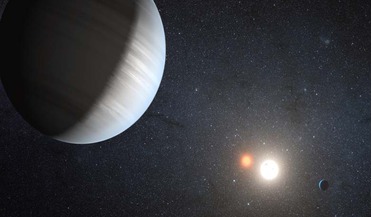 18 April 2016
New Earth-like planet found in GJ 832 planetary system
18 April 2016
New Earth-like planet found in GJ 832 planetary system
... mass limit is limited by the radial velocity signal for the known inner planet (2m/s). In our Solar System, Mercury orbits the Sun at 0.39 AU and Jupiter at 5.2 AU and between them sit a further three planets. It is therefore plausible that...
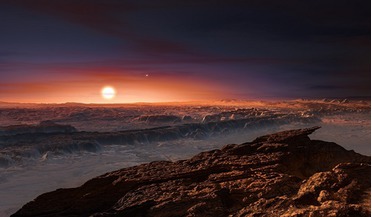 25 August 2016
Earth-sized planet found around our nearest neighbouring star
25 August 2016
Earth-sized planet found around our nearest neighbouring star
... and the Sun is 149.60 million kilometres (92.96 million miles). Proxima b is even closer to its host star than Mercury is to our Sun, however as Proxima Centauri is cooler than the Sun, Proxima b is within the star’s ‘habitable zone...
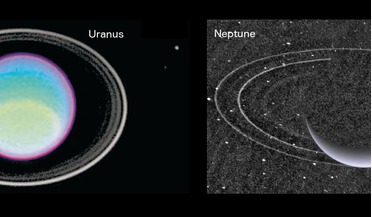 15 September 2016
Scientists shed light on how our gas giants got their different rings
15 September 2016
Scientists shed light on how our gas giants got their different rings
... Heavy Bombardment (LHB); a chaotic time when a disproportionately large number of asteroids are theorised to have collided with Mercury, Venus, Earth and Mars and when the giant gas planets underwent orbital migration, scattering objects...
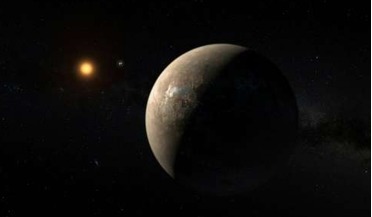 07 October 2016
Proxima b may be be home to oceans, says CNRS
07 October 2016
Proxima b may be be home to oceans, says CNRS
... due to the fact that Proxima b orbits its star at only 7.5 million kilometers – about a tenth of the distance of Mercury from the Sun. However, as Proxima Centauri is much smaller and 1000 times weaker than the Sun...
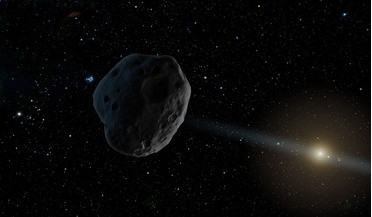 30 December 2016
NEOWISE spots two new objects heading our way
30 December 2016
NEOWISE spots two new objects heading our way
...'s brightness is notoriously unpredictable.” C/2016 U1 NEOWISE will reach its closest point to the sun – inside the orbit of Mercury – on 14th Jan 2017. Catch it while you can as shortly afterwards it will head back out to the outer...
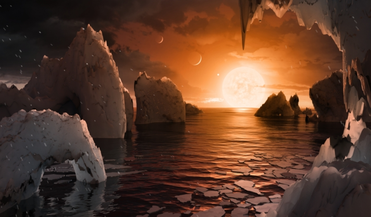 22 February 2017
NASA announces the discovery of first-ever exoplanet system with seven Earth-size planets
22 February 2017
NASA announces the discovery of first-ever exoplanet system with seven Earth-size planets
... allow a person to see the geological features of another. The planets are closer to their host star than Mercury is to our sun, but because the TRAPPIST-1 star is an ultra-cool dwarf, it is still possible that they would...